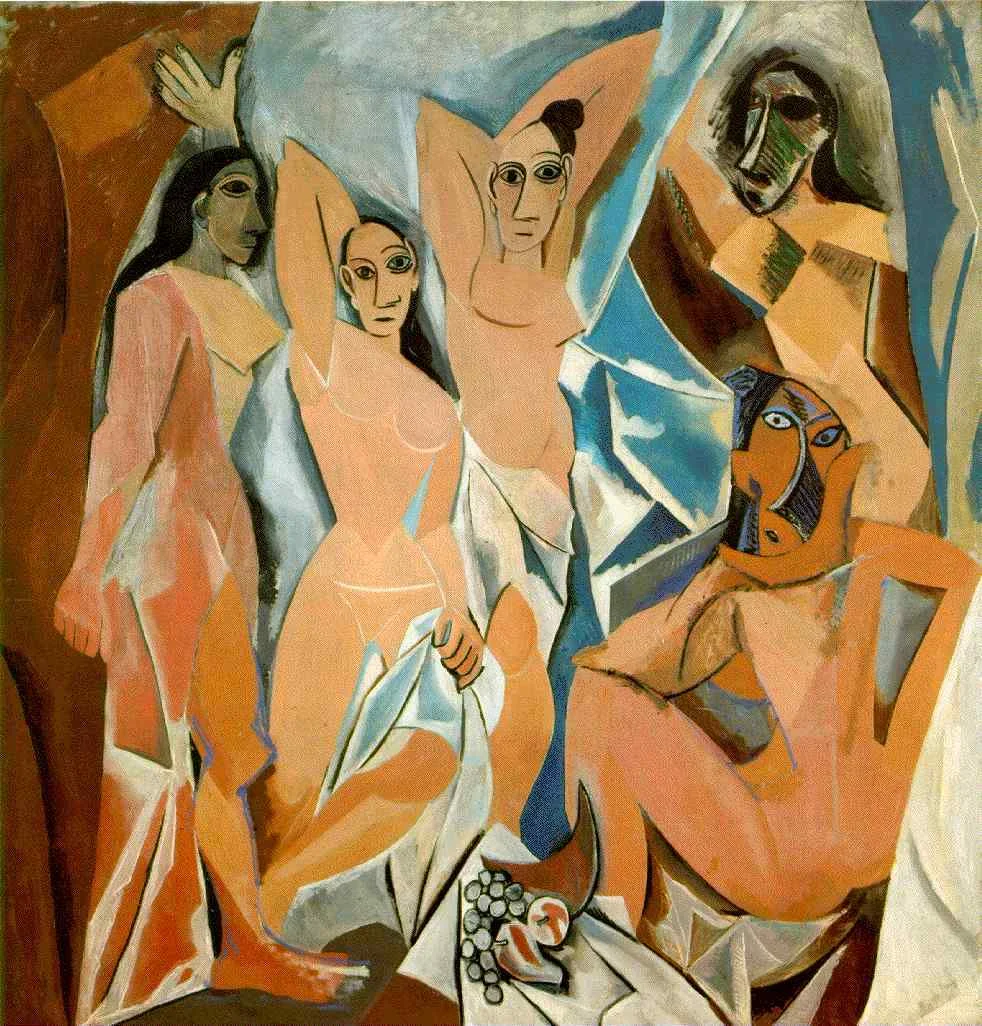WHAT IS MODERN ART?
Perhaps all art is modern, reflective of its times. But at some point in history, perhaps around the middle 1800s, photography came into style, freeing artists from their traditional role as recorders of history and the world around them. As recorders, their work required subject matter and a narrative. Photography freed artists to become something else. As the future of modern art developed, art became more about the artist and their thoughts rather than their skill in recording scenes and stories.
The Impressionists were the first major Modern Art movement. This celebrated group of artists moved away from pure realism to explore the effects of light, and ways to capture moments in time. Their hurried brushstrokes and new color palettes helped them capture fleeting moments in time.
One of the first Realists to explore Impressionism was Edouard Manet, a well-to-do Parisian who used his freedom from commercial concerns to rather puckishly push art in a new direction. His painting Luncheon on the Grass was viewed as scandalous, not because of the nudes, but because Manet disregarded the rules of perspective, flattened his forms … and the women appeared to be prostitutes. How are you going to keep them down on the farm, once they’ve seen Paree??
Three artists took the hurried brushstrokes of Impressionism and pushed the boundaries a bit further. For this reason Gauguin, Van Gogh and Cezanne are most often classified as Neo-Impressionists.
Van Gogh brought an emotional turmoil to his paintings. There have even been articles written comparing his undulating sky in Starry Night to the shape of turbulence in fluid dynamics. You doubt? Look at the pattern turbulent water makes as it flows across a stone in the middle of the stream. Then look at Starry Night. Now consider Van Gogh’s turbulent mental condition. Coincidence?
Gauguin, flattened his shapes to create bold expanses of pure colors. His fascination with the native culture of Tahiti presaged Picasso’s fascination with African masks.
Cezanne’s flattened shapes and twisted perspectives also influenced Picasso, whose own explorations of space and perspective became Cubism. Cubism turned the trail in more abstract directions eventually leading to Abstract Expression.
Reviewing a progression of Picasso works from the early 1900s dramatically shows how the fulcrum of art history shifted in new directions.
Gauguin, Van Gogh, Cezanne and Picasso, were the fulcrum on which art turned from real to abstract. Together they were direct ancestors to the Expressionists and Abstract Expressionists who dominated the 20th Century.
But you really can’t understand Modern Art without thinking about industrialization. To a large degree, art after the Impressionists reacted to a world of faceless manufacturing and two Great World Wars.
Enter the next great turning point in Modern Art: Marcel Duchamp.
Picasso pushed art in the direction of ideas. Duchamp and the DaDa movement went even farther. From Duchamp’s work we can draw a direct line to Surrealism, Pop Art, Minimalism, Conceptual Art and Performance Art. All owe their roots to the man who saw beauty in everyday objects; Marcel Duchamp.
You could say that before the early 1900s art was a “hands” profession, celebrating technique and drawing ability. After, it became more of an intellectual exercise, reflective of an artists mind.
It is no accident that this turn in art history corresponds to a turn in how we viewed ourselves as individuals. Sigmund Freud uncovered the power of the unconscious mind slightly before Andre Breton wrote his rambling Surrealist Manifesto celebrating unconscious thoughts above rational thinking. Surrealism was a lasting art movement that flowed quite naturally from the DaDa Movement.
THE POST-MODERN REACTION
But, alas, for every action there is a reaction. Where Modern Art was once avant garde, it eventually became traditional. By the 1980s many artists rebelled against the way Modern Art had turned art into a strictly intellectual, artist-centric exercise. Conceptual art asked the question first: Must art be all about the artist? Post-Modern artists answered, “It ain’t necessarily so.”
You might say that Modern Art was about the artist communicating their view of the world, while Post-Modern art was really about the viewer. Often it asks questions without answering them, giving viewers the power to determine the meaning.
Soon art was turning in a new direction, back toward the Expressionism of the early 20th Century, before art took an intellectual turn. Photo-Realists created monumental art in exactly the style their name implies. Movements such as Performance Art tore down the boundary between artist and viewer. More primitive images and techniques, including graffiti and even “bad drawing,” also became popular. In some ways art returned to its Stone Age roots.
The more things change. The more they become the same.
IS ALL MODERN ART ABSTRACT?
All artists did not get on board as art moved in more abstract and intellectual directions. Many still worked in highly representational and realistic styles. American Scene painters of the early 20th Century focused on subjects as different from the Realists and Romanticists as the automobiles are from horse-drawn carriages. But, they still felt their ideas were best expressed using realistic images. Are they modern? Art is fun because we don’t have to make these judgments. Only observe and enjoy.
A Word About Modern Art Movements Shown on the ARTe Timeline:
In the years between 1870 and 1970 art movements exploded on the scene, many disappearing just as fast. In the first 30 years of the 20th Century, alone, there were at least 15 identifiable movements ranging from the extremely important Bauhaus to the fleeting Vorticism (1914-15). We’ve chosen to concentrate on those movements that moved art history forward and had a lasting impact on the development of Modern Art.










